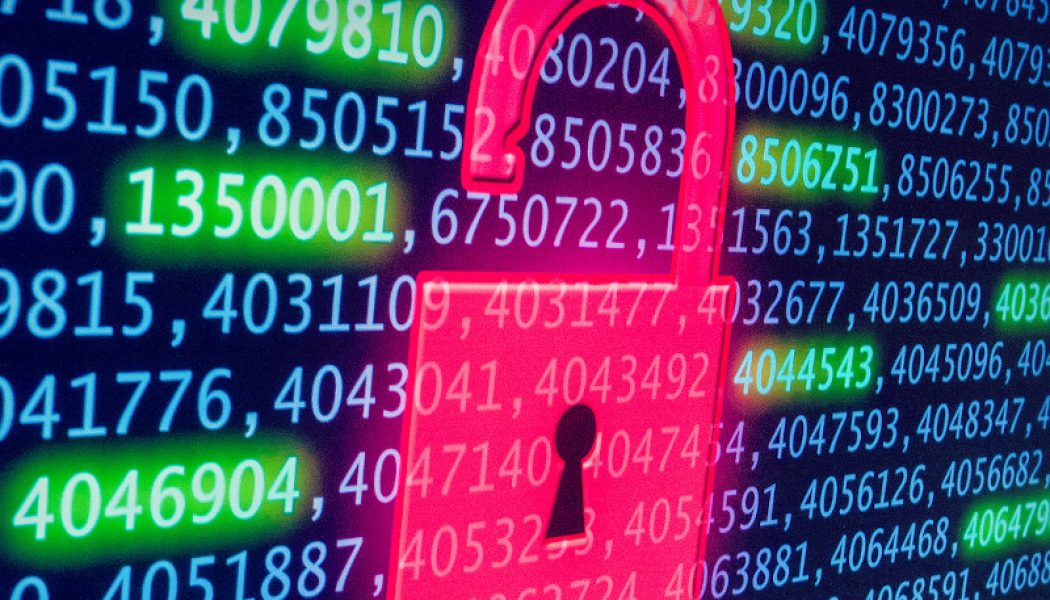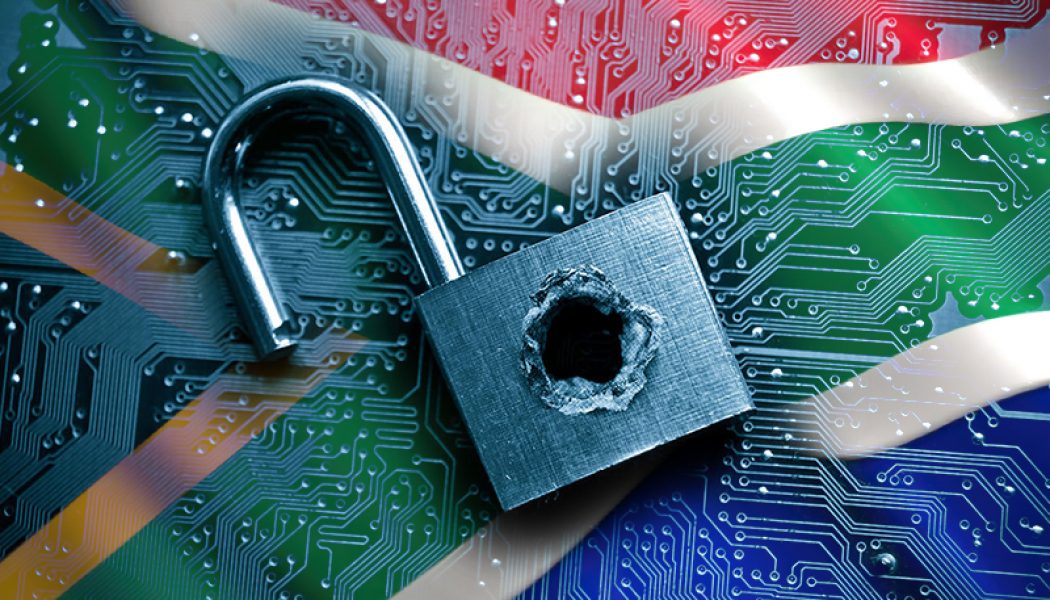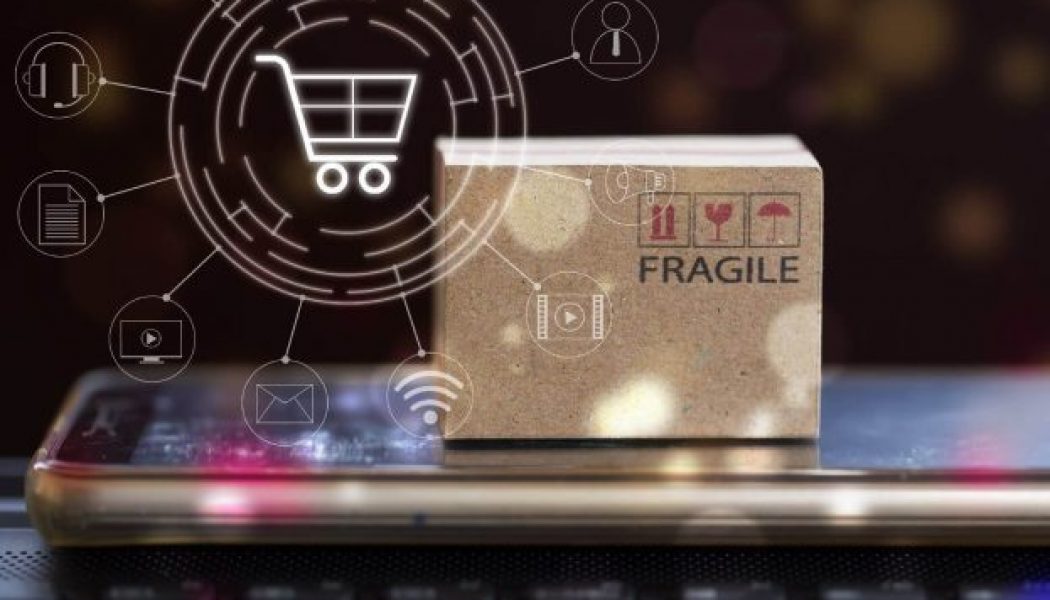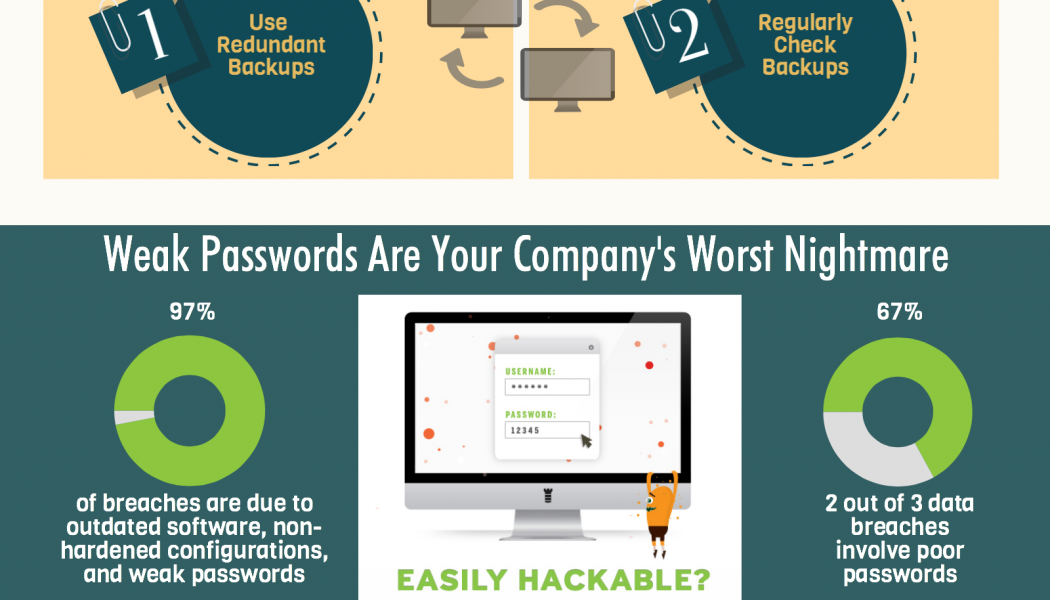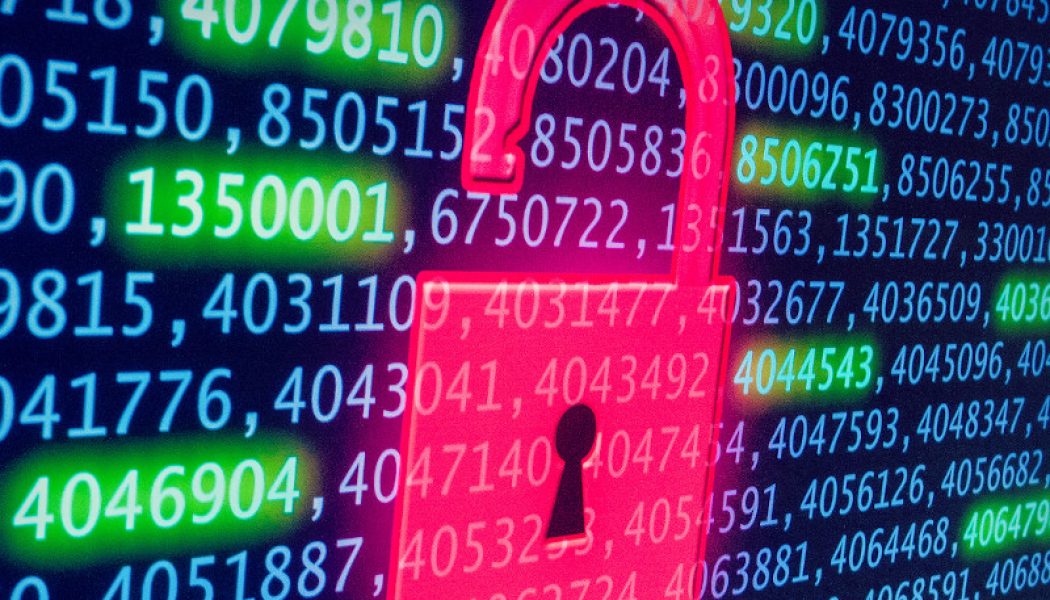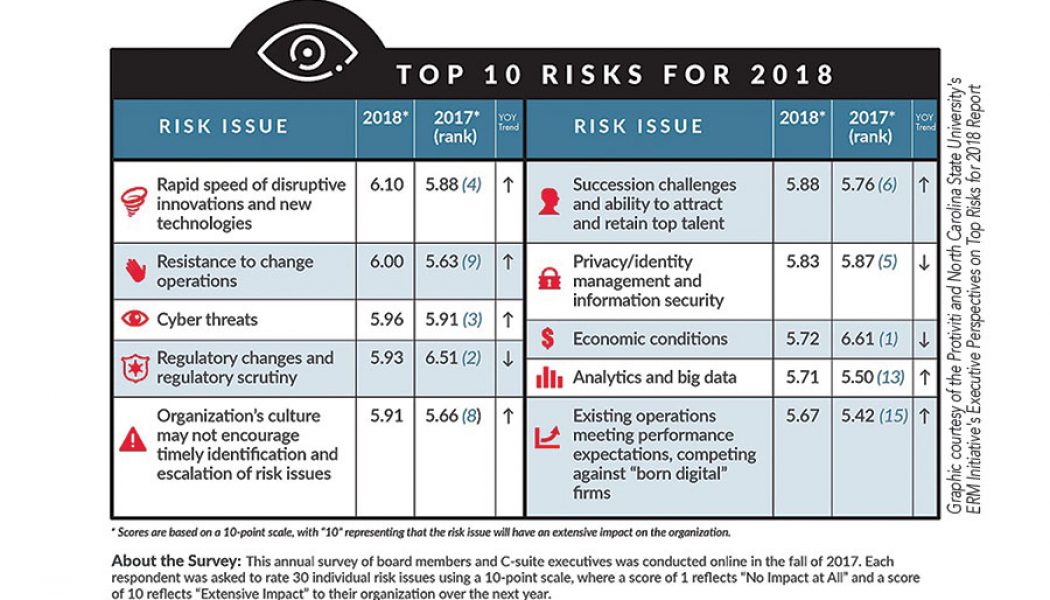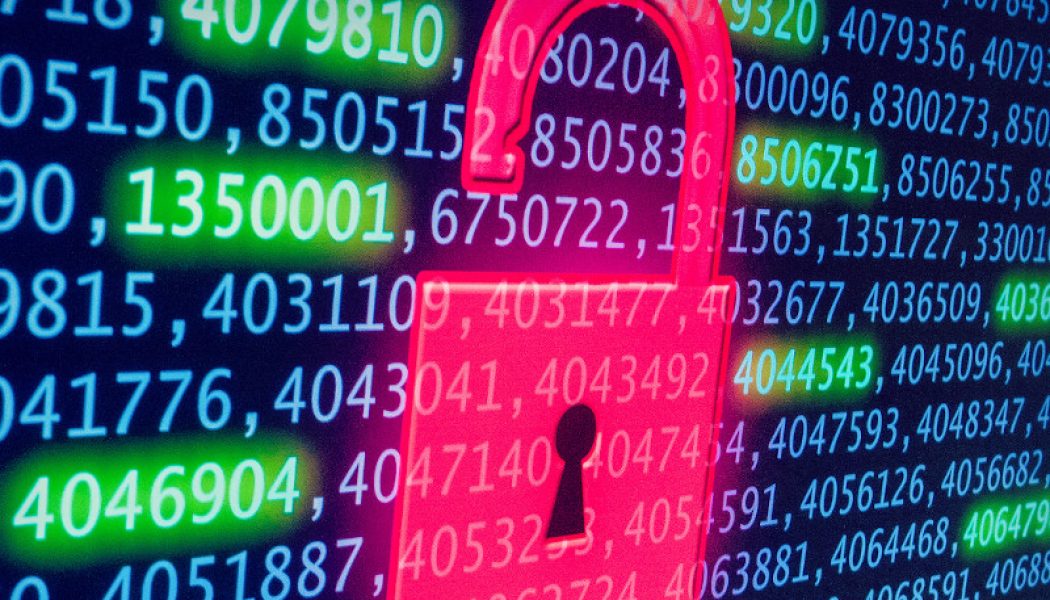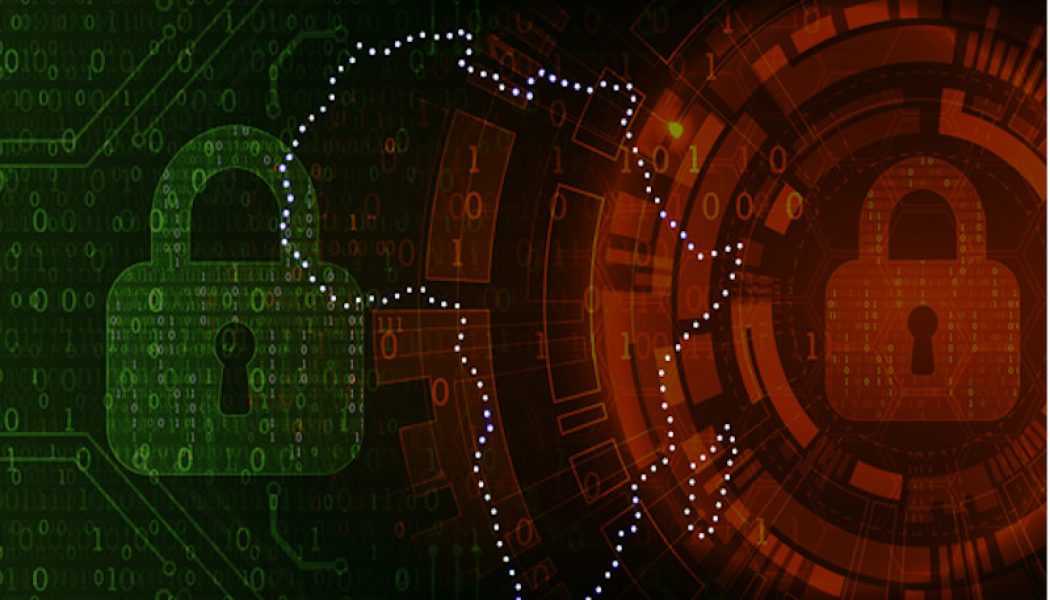African Cybersecurity
How Companies Should Deal with the Threat of Cybercrime
Sourced from International IDEA Cybercrime is on the rise and South African C-suites would do well to ensure that they have up-to-date and appropriately resourced strategies to deal with its threat. The pandemic showed us that while land and sea borders can be shut, in the digital village this is not possible, and more importantly, in many instances, it is unclear where these attacks originate. The definition of cybercrime perhaps holds the key to who should take it seriously. Cybercrime is defined as criminal activities that are carried out by means of a computer or the internet. Anyone who uses a computer that is connected to the internet should have a cybercrime strategy in place. No matter where you are in the world, if you let your guard down you are at risk. Everyone needs to be resp...
Research Shows an Increase in Ransomware Attacks on South African Companies
South Africa is firmly in the sights of international cybercrime syndicates, who have been ramping up their attacks on local companies in the past six months – reveals cybersecurity defence, offence and protection specialist, Nclose. Martin Potgieter, Co-Founder of Nclose, says the Nview MDR team have detected a significant uptick in the number of attempts made against local customers in recent months. “We, and our colleagues in the cybersecurity sector, are seeing a surge in cybercrime activity – in particular ransomware attacks,” he says. “There has definitely been an increase in syndicates that make use of humans to launch and coordinate their attacks, they are not just relying on automated ransomware attacks.” Stephen Osler, Co-Founder at Nclose, says South African companies typical...
Protecting the IT Landscape in a Borderless World
The evolution of technology has pushed the perimeter of organisations further and further towards the edge, and we no longer have the monolithic structures we did in the past. The cloud, the Internet of Things (IoT), even the COVID-19 pandemic accelerating the adoption of a work from home model, have contributed to what has, in effect, become a borderless world. This means that the traditional approach to security of locking down the perimeter is simply no longer enough. The perimeter cannot be easily defined, and the way in which we access services has fundamentally changed. Cybersecurity mesh has emerged as a framework to address this challenge, with a distributed security architecture that more effectively meets the challenges of today’s landscape. Trust no one With IT infrastructure so...
5 Reasons Why (Not Only) Financial Companies Struggle with Cybersecurity
Financial services companies have been a popular target for cybercriminals for a long time. Not without good reason, since beyond working with money, financial companies handle a slew of sensitive client data that criminals utilise in various fraud schemes or sell-off on dark web bazaars. According to Verizon’s 2020 Data Breach Investigations Report, in the past year alone the financial industry has suffered more than 1,500 incidents, with 448 confirmed data disclosures. Carey van Vlaanderen, CEO of ESET says that in addition to the long-standing threats, most companies have had to contend with the rapid transition to remote work. “The shift happened on extremely short notice, leaving companies with little time to deploy adequate cybersecurity measures or to prepare employees for looming c...
How to Create a Culture of Cybersecurity
Sourced from IDG Connect Security. This is a word that can make a grown CFO tremble and an entire SOC crumble. It is the word that captures a complex landscape littered with complexity, cybercriminals and technology. It defines how well an organisation adheres to a growing body of legislation – GDPR, POPIA and other data protection regulations – and how its reputation fares when a breach is revealed and information exposed. Security should be on every boardroom agenda, in ongoing employee training, and an investment into the right tools and solutions. But, perhaps most importantly, security should be an inherent part of the company’s culture because it is this factor that ultimately determines its security risk and posture. “There is a clear link between security culture and secure behavio...
Why Cyber Attacks are Technology’s ‘Natural’ Disasters
Sourced from Forbes The SolarWinds attack was stunning in its scope and scale. If it were an earthquake, it would be 9.9 on the Richter scale. As digital transformation accelerates in 2021 and beyond—and applications accelerate as central enablers of business and all manner of digital life—cyberattacks have become technology’s natural disasters. Both have the power for profound devastation, threaten our sense of safety, and are (sadly) the reality of our world today. There is, however, one notable difference between a natural disaster and cybercrime. It is within our control to reduce the devastating impact of cybercrime. We can learn from the weaknesses the SolarWinds attack exposed and use this event as a catalyst for behaviour changes that will materially reduce the impact of future att...
How the ‘Broken Window’ Theory Affects Cybersecurity Matters
Stefan van de Giessen, General Manager: Cybersecurity at Networks Unlimited Africa Here at Networks Unlimited Africa, we are applying the ‘broken window’ principle when looking at our internal cybersecurity posture and how it affects business processes. The term ‘Broken window’ comes from George Kelling, a criminologist, who wrote in 1982 that, “social psychologists and police officers tend to agree that if a window in a building is broken and is left unrepaired, all the rest of the windows will soon be broken… vandalism can occur anywhere once communal barriers…are lowered by actions that seem to signal that ‘no one cares’.” This theory had also been the subject of experiments previously (1969) by a professor at Stanford University, Philip Zimbardo. Zimbardo arranged to have a car w...
Why Complexity Remains Cybersecurity’s Worst Enemy
Managing cybersecurity is made more difficult by the need to support a complex environment of multiple security products from multiple vendors. Today’s businesses need to protect many different aspects of their operations and getting the best protection for each can require deploying best-of-breed solutions from different vendors. Typically, businesses have addressed new threats by adding another solution to their network, whether that solution can integrate with the existing IT environment or not. Managing multiple security solutions, with multiple sets of alerts, and ensuring there are no gaps in coverage, is a major challenge for CISOs. In Cisco’s sixth annual CISO Benchmark Report, most organizations reported that they found managing a multi-vendor environment to be challenging, with 2...
How COVID-19 has Changed the Shape of African Cybersecurity
Sourced from IDG Connect The COVID-19 pandemic has fundamentally changed how people live, work and approach security. According to the 2020 KnowBe4 African Report – which collated insights from across South Africa, Kenya, Nigeria, Ghana, Egypt, Morocco, Mauritius and Botswana – found that attitudes and behaviours had shifted as a result of the pandemic, but problem pockets of risk remain that need to be addressed in order to ensure both business and individual security. “Nearly 50% of the respondents will continue to work from home; 24% indicated that they were affected by cybercrime while working from home, and only 30% believed that their governments prioritised cybersecurity in their policies,” says Anna Collard, SVP of content strategy at KnowBe4 Africa. “This year, respondents were ev...
- 1
- 2


